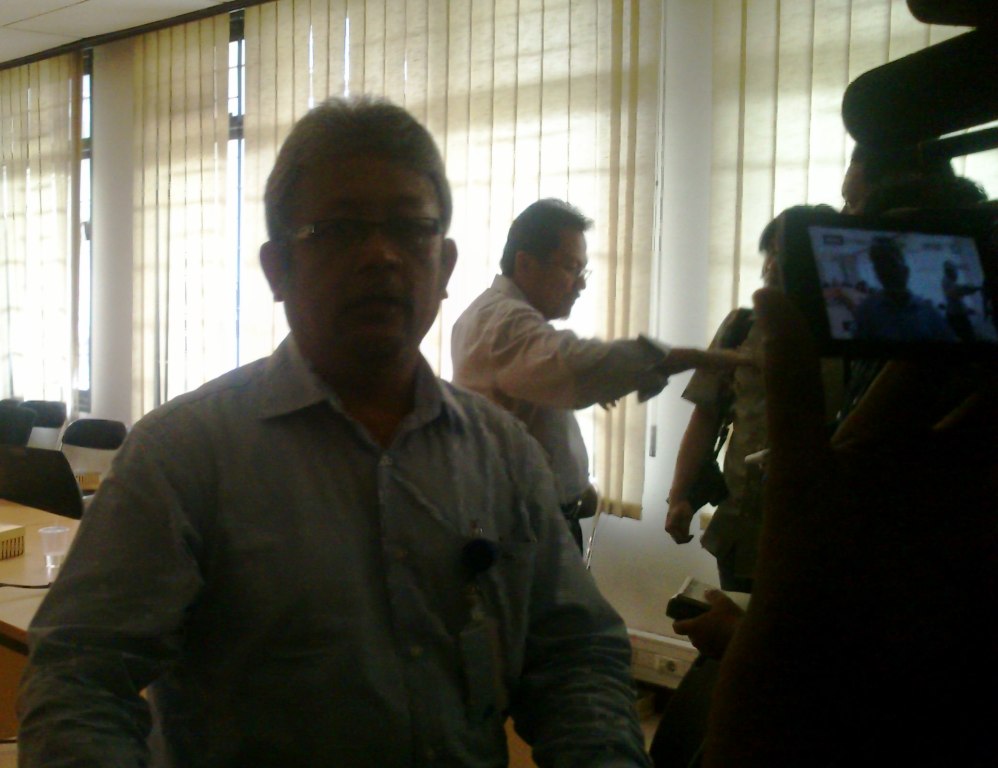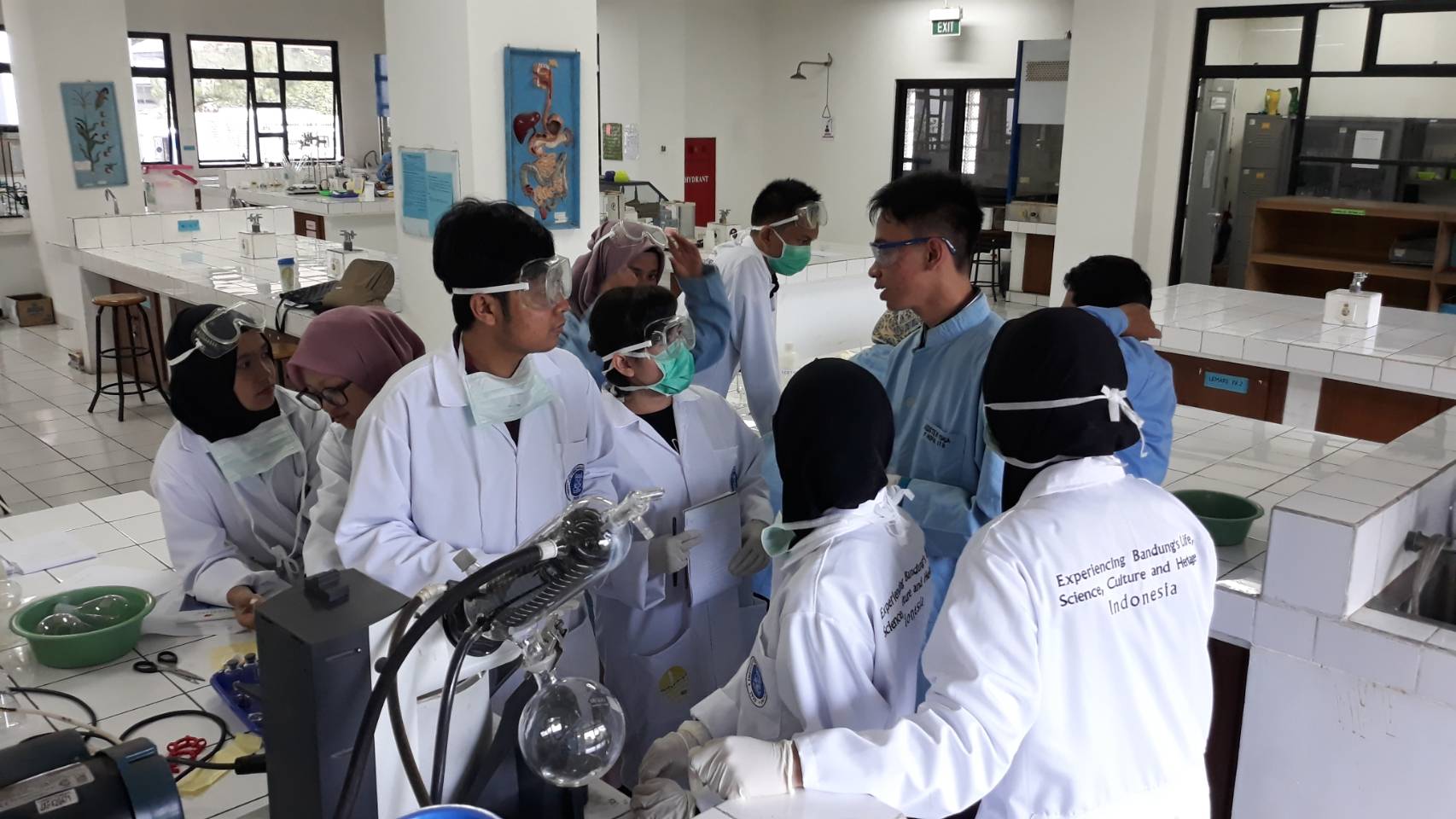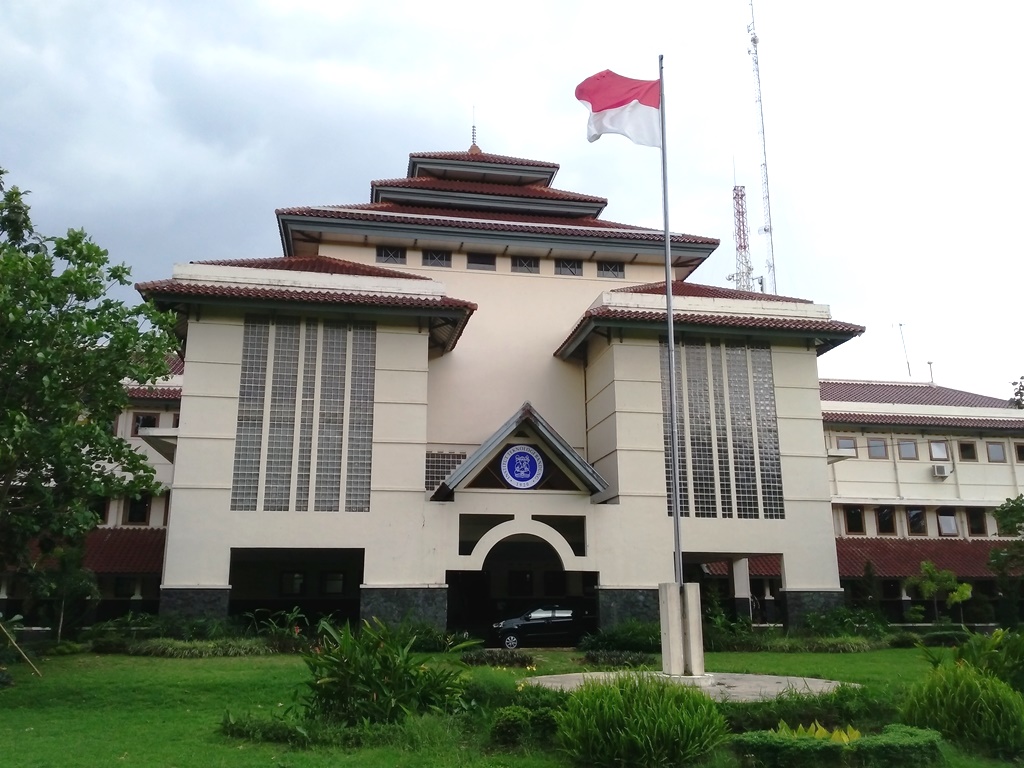Experts from ITB: Don't Judge The Cause of Kukar Bridge Collapse Too Easily
By Muhammad Fikri
Editor Muhammad Fikri

 In the aftermath of the collapse of Kukar Bridge, ITB will soon assemble a team to research on the cause of the collapse scientifically. The team will be composed of experts from various disciplines, including geotechnics, material engineering, and civil engineering, among others, as told by ITB's Coordinator of Earthquake Mitigation Prof. Ismunandar during ITB's Press Conference on Kukar Bridge's Collapse, Tuesday (29/11/11).
In the aftermath of the collapse of Kukar Bridge, ITB will soon assemble a team to research on the cause of the collapse scientifically. The team will be composed of experts from various disciplines, including geotechnics, material engineering, and civil engineering, among others, as told by ITB's Coordinator of Earthquake Mitigation Prof. Ismunandar during ITB's Press Conference on Kukar Bridge's Collapse, Tuesday (29/11/11). Ismunandar stated that the research will be vital to discover the exact cause of the 270-meters long bridge's collapse. During the conference, Bambang Budiono, professor of structural engineering, remarked that the experts on the team will be coordinated through ITB Center of Disaster Mitigation.
"The duration of their stay depends on the information that the team will amass; it could be a week, two weeks, or even a year," Bambang said. There are four issues that need to be investigated on this disaster: earth geometry, property materials, loads, and balance. "It's an invaluable event to learn from: we need to properly document and analyze this catastrophe so we can prevent it to happen again in the future," added Bambang.
According to Bambang, actually, there is no problem with the bridge type, which is a suspension bridge. Suspension bridges are even better than concrete bridges. "The technology used is already proven," he said. Furthermore, he added, the bridge is supposed to withstand 75 years of use, if every factor, from planning, to building, to the maintenance of the bridge is in accordance to the standard procedure. "Monitoring should be done at least once a month," he said.
Suspected cause of the collapse
Based on the accounts of eyewitnesses and on post-disaster photographs, Head of Structural Engineering Research Group Prof. Iswandi Imran stated during the press conference that there are two suspected causes of the 10-years old bridge. "We suspect that there is a mistake during the tensing of the suspension cables, or loss of material power to bear the loads because of material defect," he said. He further explained that during the tautening of the cable hangers, the bridge wasn't emptied entirely.
The result was an over stress on the hanger cable that caused in the break of cables. Meanwhile Bambang Budiono added, another suspect is the defect of clamps that are supposed to grip the vertical cables connecting the bridge's deck with suspension cables. "During the collapse, the vertical cables are well intact, while it supposed to be broken.That means there is a problem with the cable clamps," Bambang said. Furthermore, Bambang said, defect clamps are unacceptable in civil engineering. Connector components are supposed to be made of materials stronger than the connected materials.
But, Iswandi said it is too early to draw any conclusion. Further research should take place first in order to really figure out the cause. Bambang warned people not to draw conclusion in such an early stage. "This matter is not that simple," Bambang said.

.jpg)
.jpg)
.png)
.jpg)
.jpg)



